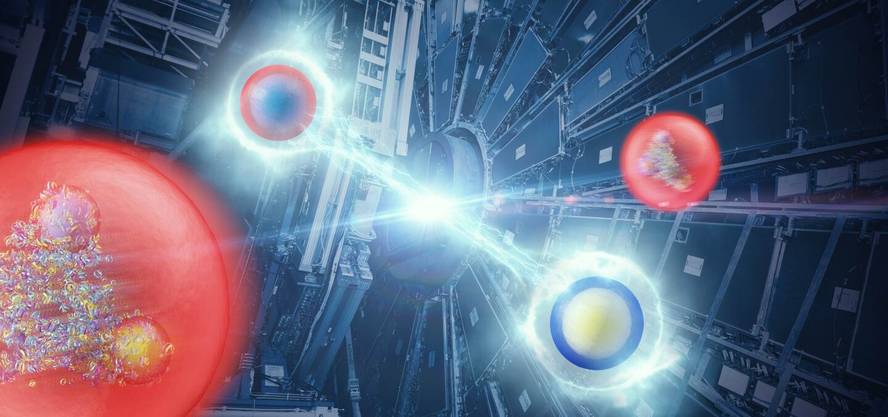First observation of the Quark quantum knot
For the first time, the quantum link between the quarks in the LHC ATLAS detector has been observed. They've released it in the journal Nature.
The quantum link between photons and electrons (where the quantum states of interlocking particles are related, although they are distributed in space) has been observed a lot since the 1960s. These observations are carried out in low-energy environments (very cold temperatures). Particle impacts are much more energy-intensive processes, and under these conditions it is much more difficult to observe quantum knots. Well, this is what they've achieved in the LHC talker: watching the entanglement of particles that form when the protons collide.
We analyzed about one million quarks pairs generated in these shocks, namely quarks t (top or “gaina”), anti-t pairs. Among the elementary particles, the heaviest are quarks t (thousands of times heavier than the rest of the quarks) and the anti-t quarks are antimatter against them. In these analyses, numerous evidence of entanglement has been found, and in the other principal detector of the LHC, the CMS, it has been possible to confirm the observation of the chaining between the quarks.
Quarks t and anti-t from a proton shock have a very short life: 10-25 seconds. They immediately tend to form longer living particles, but this process is so fast that it doesn't give them time to lose the information from the quarks spin, and these originated particles store that quarks information. That's what you've measured and you've seen the quarks spines get entangled.






